Chandrayaan-3: India's Moon lander Vikram aims for historic lunar south pole landing
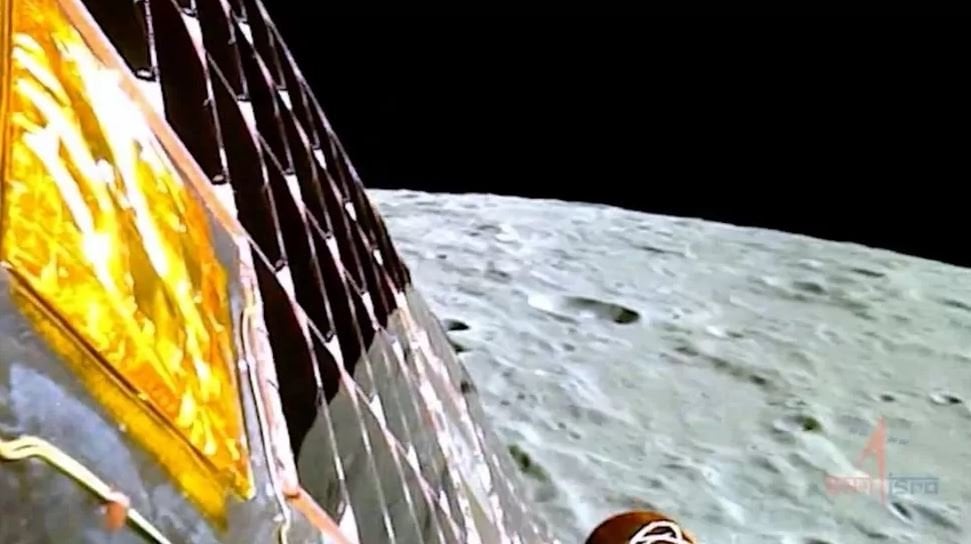
Aug 23: India is hoping to make history on Wednesday by becoming the first nation to land near the Moon's south pole.
One of the mission's major goals is to hunt for water-based ice, which scientists say could support human habitation on the Moon in future.
If Chandrayaan-3 is successful, India will be only the fourth country to have achieved a soft landing on the Moon. India's attempt comes just days after Russia's Luna-25 crashed while trying to touch down in the same region.
The south pole of the Moon holds special promise in the search for water ice. The surface area that remains in permanent shadow there is huge, and scientists say it means there is a possibility of water in these areas.
The US, the former Soviet Union and China have all achieved a soft landing near the Moon's equator - but none have led successful missions to its south pole.
India's attempt to land its Chandrayaan-2 mission near the south pole in 2019 was unsuccessful - it crashed into the lunar surface. So all eyes are now on Chandrayaan-3 - its third mission to the little-explored Moon.
The spacecraft with an orbiter, lander and a rover lifted off on 14 July from the Sriharikota space centre in south India. The lander - called Vikram after Indian Space Research Organisation (Isro) founder Vikram Sarabhai - carries within its belly the 26kg rover named Pragyaan, the Sanskrit word for wisdom.
The lander will attempt touchdown at 18:04 local time (12:34GMT) on Wednesday, with the descent planned to start at 17:45 India time from its current height of 25km (15 miles), Isro has said.
Scientists say the following few minutes will be the most crucial as the lander attempts to make a touchdown on an area that is "very uneven, full of craters and boulders", with some predicting it will be "15 minutes of terror."
Once the descent starts, the lander's speed will be gradually reduced from 1.68km per second at its present height to almost zero by the time it reaches 800m, Isro's Nilesh M Desai told ANI news agency.
A call will then be made about its landing location once Vikram has travelled down to a height of 150m. If the area is found unsuitable, the lander will move a little to the left or the right to find a more suitable landing spot. If all fails, the emergency mode will kick in which will help with a safe landing, Desai said.
Once it lands and the dust settles, the six-wheeled rover will crawl out of its belly and roam around the rocks and craters on the Moon's surface, gathering crucial data and images to be sent to the lander, which will pass it on to the orbiter to send to Earth.
The rover's wheels have the Isro's logo and emblem embossed on them so that they leave imprints on the lunar soil during the Moon walk, an official told the BBC.
Chandrayaan-3's journey to the Moon has generated a lot of excitement in India, with wishes for the mission's success pouring in from across the country.
Isro has announced plans for a live telecast of the landing and millions of people, including schoolchildren, are expected to tune in.
(BBC)



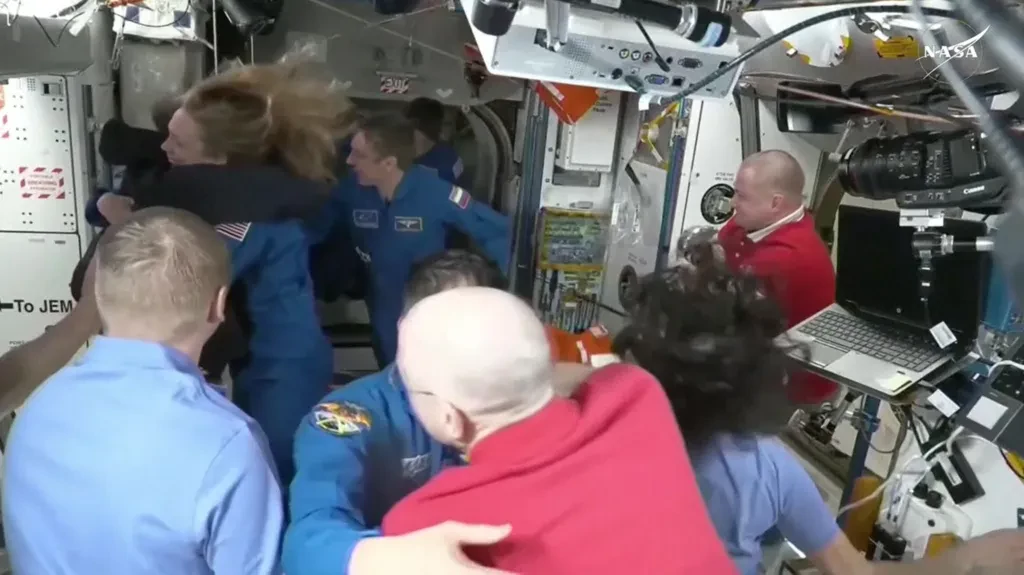
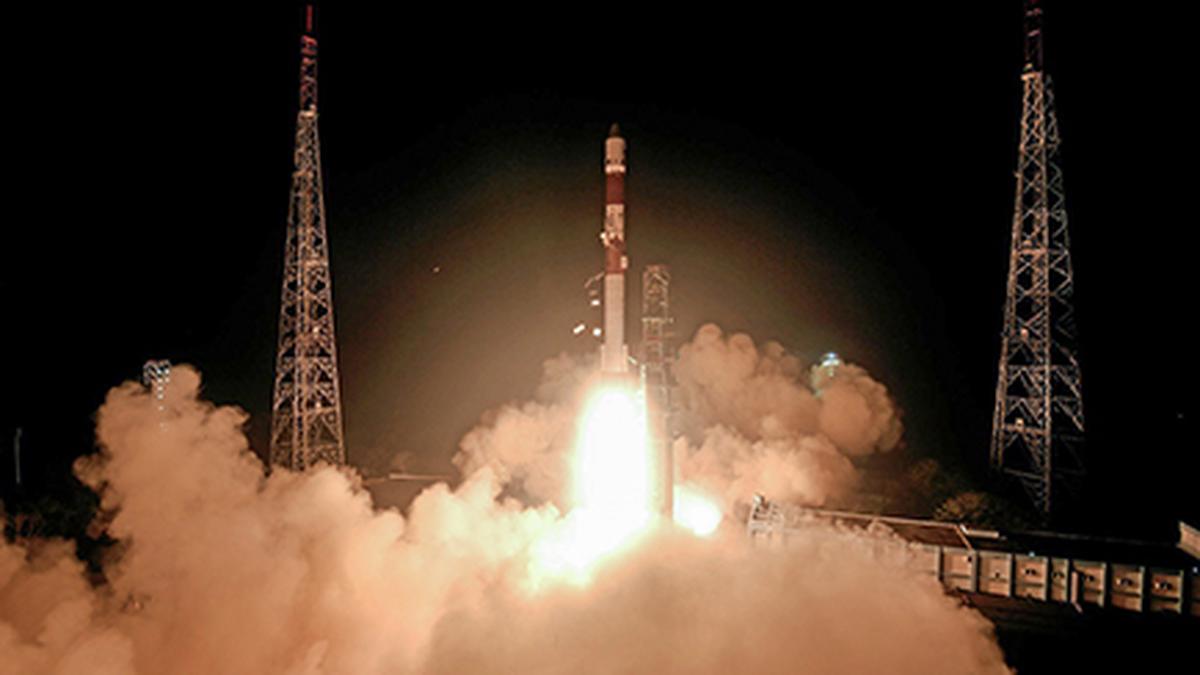

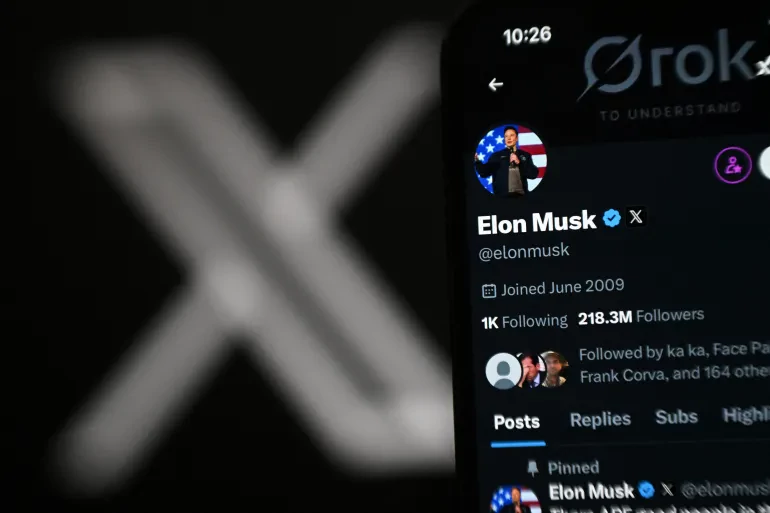
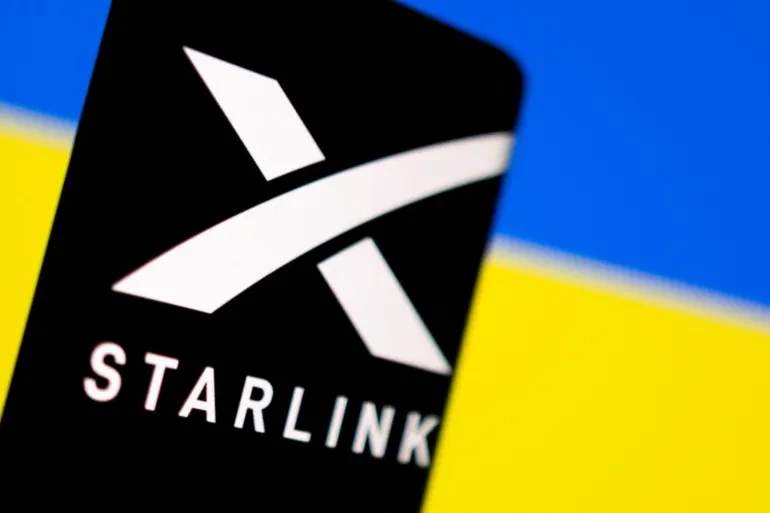
Leave Comment